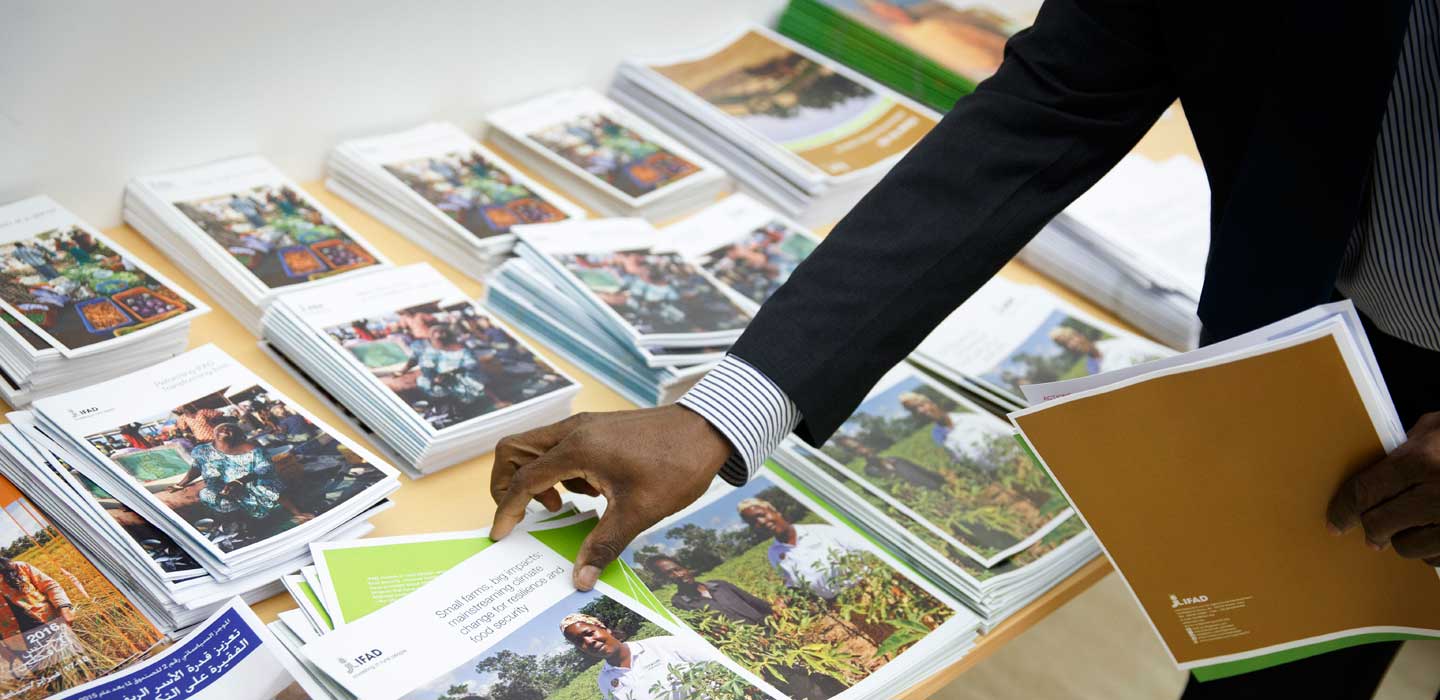Fichas Informativas

Fichas informativas
Visualización del menú
SearchResultsFilters
Resultados de la búsqueda
ASAP Lesotho factsheet
mayo 2015
Lesotho ranks 158 out of 186 in the UNDP Human Development Index. Poverty is rife, and it is concentrated in the rural areas of the country, with the greatest incidence in the mountain areas. Lesotho's rural economy is dominated by livestock production. Lesotho's chief export is directly related to this livestock, that of wool and mohair production. Lesotho is the second largest global producer of mohair, and this counts towards a large percentage of the country 's Gross Domestic Product (GDP).
Only high quality wool and mohair can be exported, and this is dependent on the quality and health of the livestock. The main factor in raising high quality livestock is maintaining healthy rangelands.
Only high quality wool and mohair can be exported, and this is dependent on the quality and health of the livestock. The main factor in raising high quality livestock is maintaining healthy rangelands.
Investing in rural people in Cuba
abril 2015
IFAD recently resumed operations in Cuba after more than 20 years. The official launch of the Cooperative Rural Development Project in the Oriental Region (PRODECOR) took place on 30 October 2014.
Given the challenges the agricultural sector faces, IFAD is in a position to serve as one of the country’s strategic partners, contributing to the ongoing modernization process.
Cooperatives in Cuba are key actors in ensuring food security, as they represent 80 per cent of the country’s agricultural production. The Government of Cuba has expressed interest in re-establishing the partnership with IFAD with a view to modernizing agriculture.
This will be achieved mainly through developing non-state smallholder farmer business cooperatives. In this respect, IFAD is well placed to provide technical assistance through its projects to increase the physical, human, social and environmental assets of cooperatives.
Given the challenges the agricultural sector faces, IFAD is in a position to serve as one of the country’s strategic partners, contributing to the ongoing modernization process.
Cooperatives in Cuba are key actors in ensuring food security, as they represent 80 per cent of the country’s agricultural production. The Government of Cuba has expressed interest in re-establishing the partnership with IFAD with a view to modernizing agriculture.
This will be achieved mainly through developing non-state smallholder farmer business cooperatives. In this respect, IFAD is well placed to provide technical assistance through its projects to increase the physical, human, social and environmental assets of cooperatives.
Gender and rural development brief: West and Central Africa
marzo 2015
Three quarters of the poor population in West and Central Africa – about 90 million people – live in rural areas and depend on agriculture for their livelihoods. More than 60 per cent of the active population work in the agriculture sector. Women’s share – estimated at 70 per cent in the region as a whole and 89 per cent in the Sahel – continues to rise. Socio-politically, West and Central Africa is still very fragile, with the highest concentration of countries with IFAD operations. Despite this fragility and the poverty that affects over half the population, virtually all countries in the region have made considerable progress over the past decade, particularly in education, health and income redistribution.